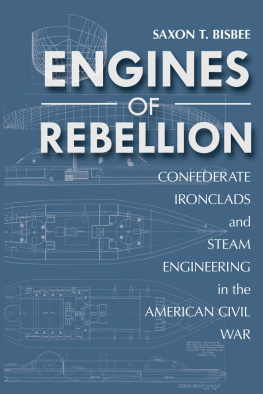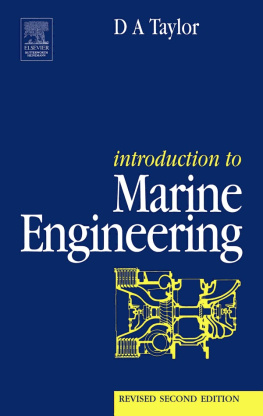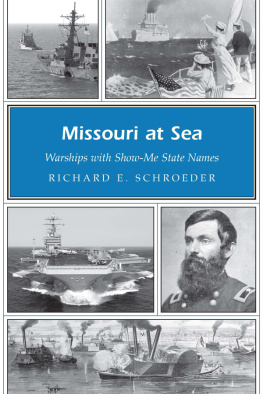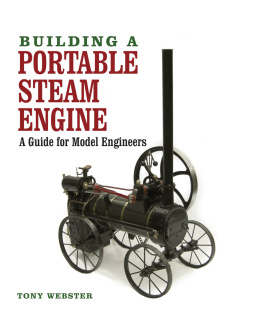Saxon Bisbee - Engines of Rebellion: Confederate Ironclads and Steam Engineering in the American Civil War
Here you can read online Saxon Bisbee - Engines of Rebellion: Confederate Ironclads and Steam Engineering in the American Civil War full text of the book (entire story) in english for free. Download pdf and epub, get meaning, cover and reviews about this ebook. year: 2018, publisher: University Alabama Press, genre: Religion. Description of the work, (preface) as well as reviews are available. Best literature library LitArk.com created for fans of good reading and offers a wide selection of genres:
Romance novel
Science fiction
Adventure
Detective
Science
History
Home and family
Prose
Art
Politics
Computer
Non-fiction
Religion
Business
Children
Humor
Choose a favorite category and find really read worthwhile books. Enjoy immersion in the world of imagination, feel the emotions of the characters or learn something new for yourself, make an fascinating discovery.
- Book:Engines of Rebellion: Confederate Ironclads and Steam Engineering in the American Civil War
- Author:
- Publisher:University Alabama Press
- Genre:
- Year:2018
- Rating:5 / 5
- Favourites:Add to favourites
- Your mark:
Engines of Rebellion: Confederate Ironclads and Steam Engineering in the American Civil War: summary, description and annotation
We offer to read an annotation, description, summary or preface (depends on what the author of the book "Engines of Rebellion: Confederate Ironclads and Steam Engineering in the American Civil War" wrote himself). If you haven't found the necessary information about the book — write in the comments, we will try to find it.
The development of steam propulsion machinery in warships during the nineteenth century, in conjunction with iron armor and shell guns, resulted in a technological revolution in the worlds navies. Warships utilizing all of these technologies were built in France and Great Britain in the 1850s, but it was during the American Civil War that large numbers of ironclads powered solely by steam proved themselves to be quite capable warships.
Historians have given little attention to the engineering of Confederate ironclads, although the Confederacy was often quite creative in building and obtaining marine power plants.Engines of Rebellion: Confederate Ironclads and Steam Engineering in the American Civil Warfocuses exclusively on ships with American built machinery, offering a detailed look at marine steam-engineering practices in both northern and southern industry prior to and during the Civil War.
Beginning with a contextual naval history of the Civil War, the creation of the ironclad program, and the advent of various technologies, Saxon T. Bisbee analyzes the armored warships built by the Confederate States of America that represented a style adapted to scarce industrial resources and facilities. This unique historical and archaeological investigation consolidates and expands on the scattered existing information about Confederate ironclad steam engines, boilers, and propulsion systems.
Through analysis of steam machinery development during the Civil War, Bisbee assesses steam plants of twenty-seven ironclads by source, type, and performance, among other factors. The wartime role of each vessel is discussed, as well as the stories of the people and establishments that contributed to its completion and operation. Rare engineering diagrams never before published or gathered in one place are included here as a complement to the text.
Saxon Bisbee: author's other books
Who wrote Engines of Rebellion: Confederate Ironclads and Steam Engineering in the American Civil War? Find out the surname, the name of the author of the book and a list of all author's works by series.







